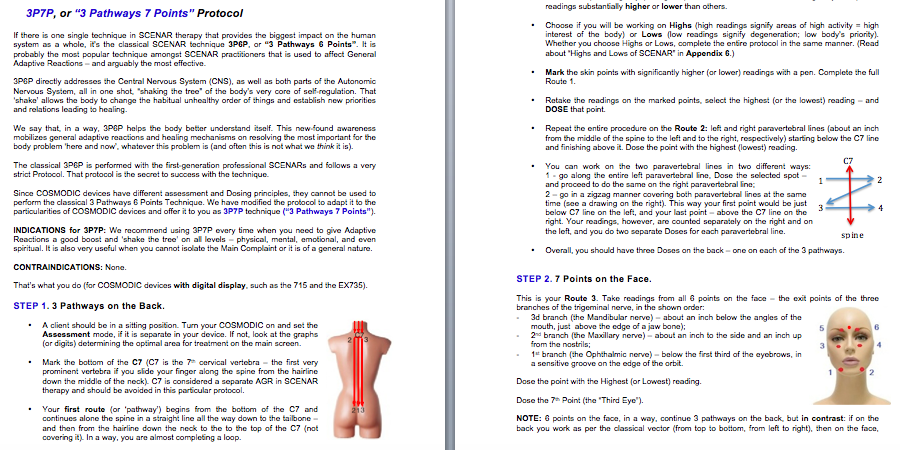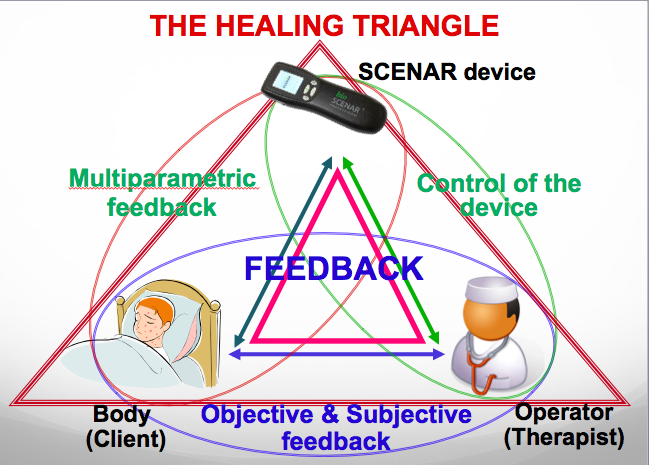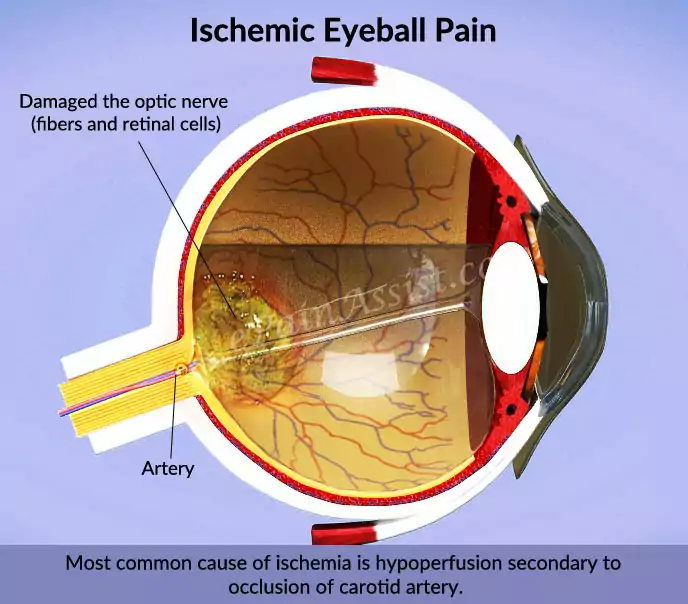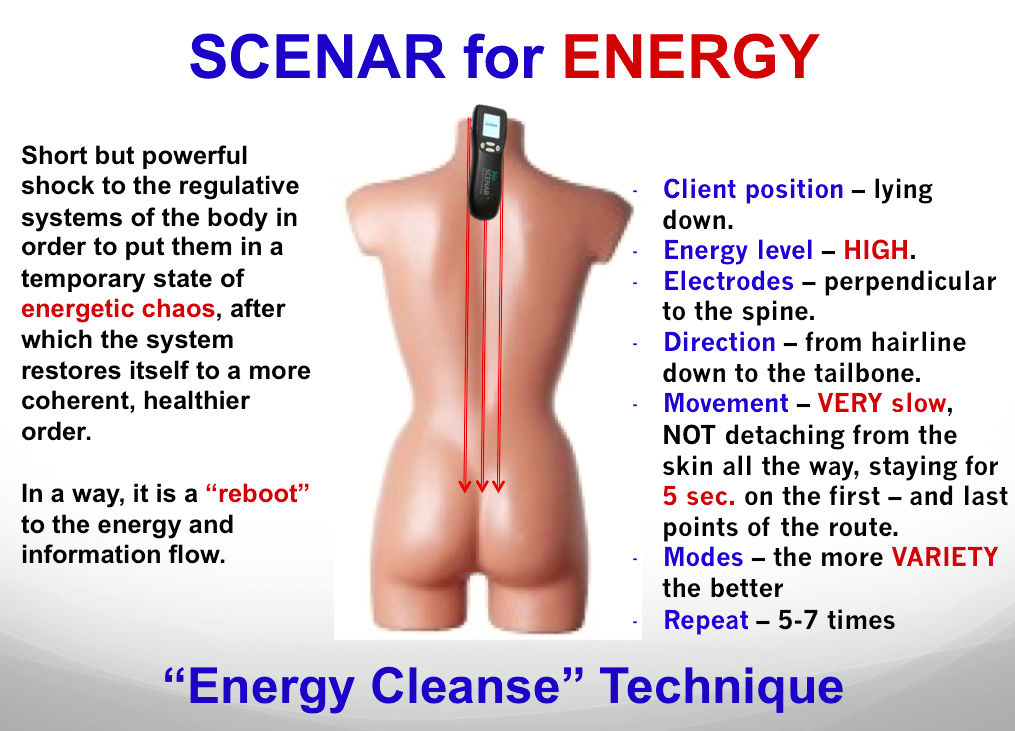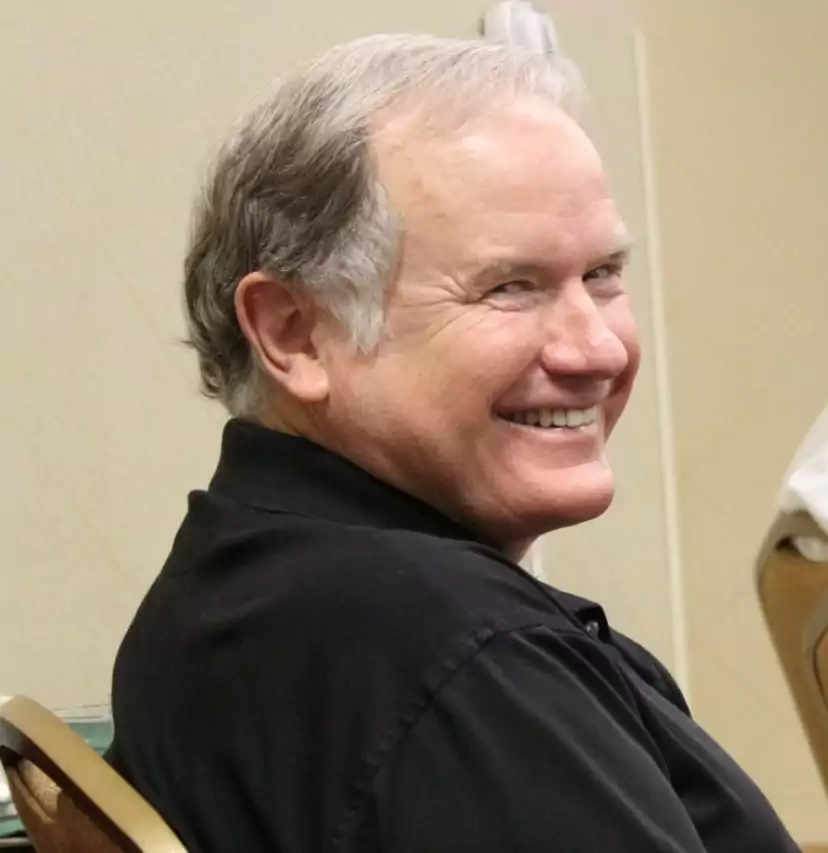Classical Russian SKENAR: 3P6P Protocol
If there is one single technique in SKENAR therapy that provides the biggest impact on the human system as a whole, it’s the classical SKENAR technique 3P6P, or “3 Pathways 6 Points”. It is probably the most popular technique amongst SKENAR practitioners that is being used to affect General Adaptive Reactions – and arguably the most effective.
3P6P directly addresses the Central Nervous System (CNS), as well as both parts of the Autonomic Nervous System, all in one shot, “shaking the tree” of the body’s very core of self-regulation. That ‘shake’ allows the body to change the habitual unhealthy order of things and establish new priorities and relations leading to healing.
We say that, in a way, 3P6P helps the body better understand itself. This newfound awareness mobilizes general adaptive reactions and healing mechanisms on resolving the most important for the body problem ‘here and now’, whatever this problem is (and often this is not what we think it is).
The classical 3P6P is performed with the first-generation professional SKENARs and follows a very strict Protocol. That protocol is the secret to success with the technique.
Since COSMODIC devices have different assessment and Dosing principles, they cannot be used to perform the classical 3 Pathways 6 Points Technique. We have modified the protocol to incorporate the particularities of COSMODIC devices, and we now offer it to you as the 3P7P technique (“3 Pathways 7 Points”). You can perform it in either Subjective or Objective mode (the latter – if your device has the digital display of information).
You will find the step-by-step instruction and explanation of the 3P7P technique in THIS PDF Document (you can also get to it by clicking on the image above). The video below demonstrates how to perform the 3P7P Protocol in a Subjective mode with the EX735Ag Slider.
The next video below will show you how to work on the 7 points on the face (the Third Pathway).
3P7P Frequently Asked Questions
Q: When can I use this Protocol – and how often?
A: You can use the 3P7P Protocol any time you want to ‘shake’ the system and give Adaptive Reactions a boost. For example:
• Acute local processes (inflammations, injuries, traumas etc.) that are healing too slowly.
• Acute local processes that seemingly healed, but with residual functional limitations.
• Acute general processes that last longer than usual (common cold lasting more than a week, for example).
• Acute processes turning chronic.
• ANY chronic process at ANY stage.
• Situations when some symptoms of ill-health are present, but it is difficult to identify the source of the problem.
• Situations when symptoms cannot be even identified (just ‘feel bad overall; don’t know what’s wrong with me’).
• Mental and emotional issues and disorders etc.
Typically, there are no guidelines or limit on how often you can use the protocol, but remember that it is a VERY powerful impact on the system. There is only so often you can ‘shake’ it. Use your best judgment.
Q: Working with the COSMODIC Hybrid, such as the EX735, which Mode should I use –COSMODIC, or Auto?
A: The 3P7P Protocol is designed for ALL second-generation SKENARs: purely COSMODIC devices, such as the EX715, the Hybrids of EX735 series, and even for the PS705 and the DOVE scenar. Basically, any SKENAR device that uses the COSMODIC algorithm in determining the DOSE. With that being said, you can perform this protocol with the EX735 in either SKENAR or COSMODIC or Auto mode, as long as you do not change the Mode in the middle of the procedure. Just see what works best for you.
Q: What energy level should I use during the procedure?
A: Comfortable. It is not recommended to change the Energy level during the entire Protocol, so set it manually somewhere away from the areas you will be working on – and remember that the face is much more sensitive than the back, so plan accordingly.
Q: How to position COSMODIC electrodes for influencing small points (the 7 points on the face)?
A: When we need to influence a very small skin area with a COSMODIC device (such as the points on the face), we take readings and Dose with just a small part of the electrodes, usually positioning the point between the curved parts of a side and a middle electrodes of the devices that use the ‘ski-type’ electrodes (such as the EX715 and the EX735). It is enough to touch the skin with just two of the three electrodes to generate the electrical current (watch the video above). Alternatively, you can use a small area remote COSMODIC attachment for better positioning and easier manipulation.
Q: How do you determine when to work on HIGHs – and when on LOWs?
A: The question of HIGHs and LOWs in SKENAR therapy has been a bit of a ‘grey area’ for a while. CLICK HERE for an article on the subject. You may find it helpful in understanding the matter.
At that point, at the time of the first-generation SKENARs, we would always recommend working on HIGHs – because the body works on ‘highs’. High readings signify areas of the high functional activity of the body, the priority areas, and it makes much more sense to go ‘with the body’ helping it accomplish what it is doing anyway instead of trying to change the natural course of things, ‘change the body’s mind’, in a way, redirecting its attention to the area that the body does not see as a priority at the moment.
The issue became even less clear since COSMODIC devices came to the scene. In many COSMODIC manuals, you will see recommendations to work on LOWs. Why? That’s because COSMODIC CAN! You see, the first- and the second-generation SKENARs interact with pathology differently. The first-generation SKENARs can only work with the chronic degenerative areas (the ones that give you low readings) THROUGH the body, meaning only by convincing the body to start paying attention to them. That’s a difficult, energy-consuming, and often unjustified in the long run tactics.
The second-generation SKENARs can work with chronic pathology on their own, quietly repairing and reviving the degenerative areas on the periphery, without much fuss and without the active involvement of the high management.
“COSMODIC does not just REVEAL a problem bugging the body to deal with it. It actually DEALS with the problem on a local level supplementing weak healing efforts of the body and indicating to it that the problem can be taken care of locally and there is no need for the higher structures to be involved. Through adaptive regulatory bundles of impulses, COSMODIC regulates and enhances local adaptive reactions and ‘fills up’ the arch of spinal cord reflexes to the extent that the spinal cord gets totally involved in healing ‘in situ’ and does not transmit any pathological SOS signals ‘upstairs’. All healing resources are now utilized locally, and healing is happening locally, as it should.” (“COSMODIC User Guide”)
This quality of the second-generation SKENARs opens up the whole new world of possibilities for SKENAR users. That means, WE CAN NOW WORK ON LOWs, just as much as we can on HIGHs, without a danger of overwhelming or confusing the body. Low readings give you small asymmetries just the same way as the high readings do, and you can pick and choose what you want to do: help the body complete the active healing reaction (on high readings) – or start slowly but surely repairing and reviving the degenerative areas (on low readings).
Your choice would depend on the ‘here and now’ situation, the main complaints, the personality and a state of mind of a client, your personal preferences etc. But at least you have a choice!
We usually recommend (for COSMODIC, of course) to go with LOWs, if you do not have the clearly active process present and you are working locally. If you are working with General Adaptive Reactions, such as with 3P7P Protocol, we still prefer HIGHs, unless you do not have them at all on the first route. In this case, go with LOWs (what other choice do you have? ☺) Remember, you have to decide which way you want to go on the first route and keep going that way; you cannot change your mind mid-way.
Remember also that these recommendations are for the second-generation SKENARs (we are still voting for HIGHs for the first- generation ones). Hence, if you are working with the EX735, make sure that your device is in COSMODIC or Auto Mode.
Q: What to expect after the procedure?
A: The 3P7P Protocol, just as the classical 3P6P, is not a painkiller. You do not perform it to get the instant relief from symptoms (even though sometimes it can occur). You are helping the confused system to better understand itself, reorganize, and establish priorities for more efficient healing. That does not happen instantly; the body paces itself. Therefore, do not expect any dramatic changes right after the procedure, but instruct a client to carefully monitor ANY and ALL changes and unusual occurrences in the next 24-72 hours (more often it is 24-48 hours, but the response can be delayed). In the ideal world, the client should write them down, so he/she does not forget something important.
These changes and reactions of the body will eventually lead you to the source of the problem. We often joke that we ‘shake the tree to find a monkey’. And ‘the monkey’ may not even be where you expect it to be. Don’t judge. Just trust the body’s wisdom and help without trying to outsmart the body. You won’t succeed anyway ☺ Go with the body’s dynamics and deal with the problems as the body brings them to the surface – it will lead you to the source.
